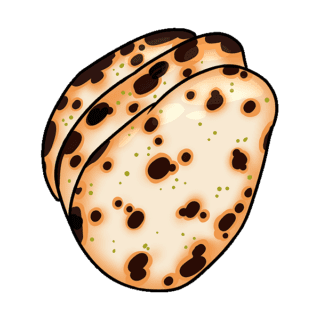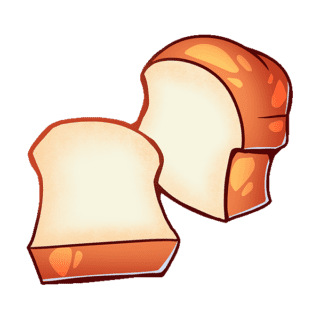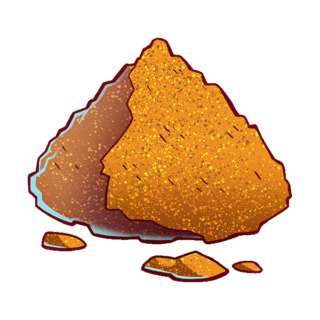Naan
In North America it’s the Indian version of naan that’s most ubiquitous.
Flatbreads have been around in the Middle East and Central and South Asia since antiquity, so it’s not an exact science to identify exactly when and where naan was “invented.” That said, what we now think of as naan has its roots in Persian, Mesopotamian, and South Asian cuisine together.
Depending on the cuisine, it can be leavened or unleavened, although the most well-known technique is leavened with yeast — in fact, one origin story says that naan originated with the introduction of yeast to South Asia from Egypt. The dough is kneaded lightly, left to rise, and then flattened and cooked in a tandoor.
Unlike many other breads, naan isn’t sliced but used to eat curries and other foods, as well as soak up sauces and gravies.
Naan itself can be plain, but there are also popular versions brushed with butter or ghee, garlic, and other spices, as well as filled with meat, cheeses, vegetables, or legumes.
Uwajimaya carries different varieties of naan in our deli as well having all the simple ingredients for making your own naan at home if you’re so inclined.





